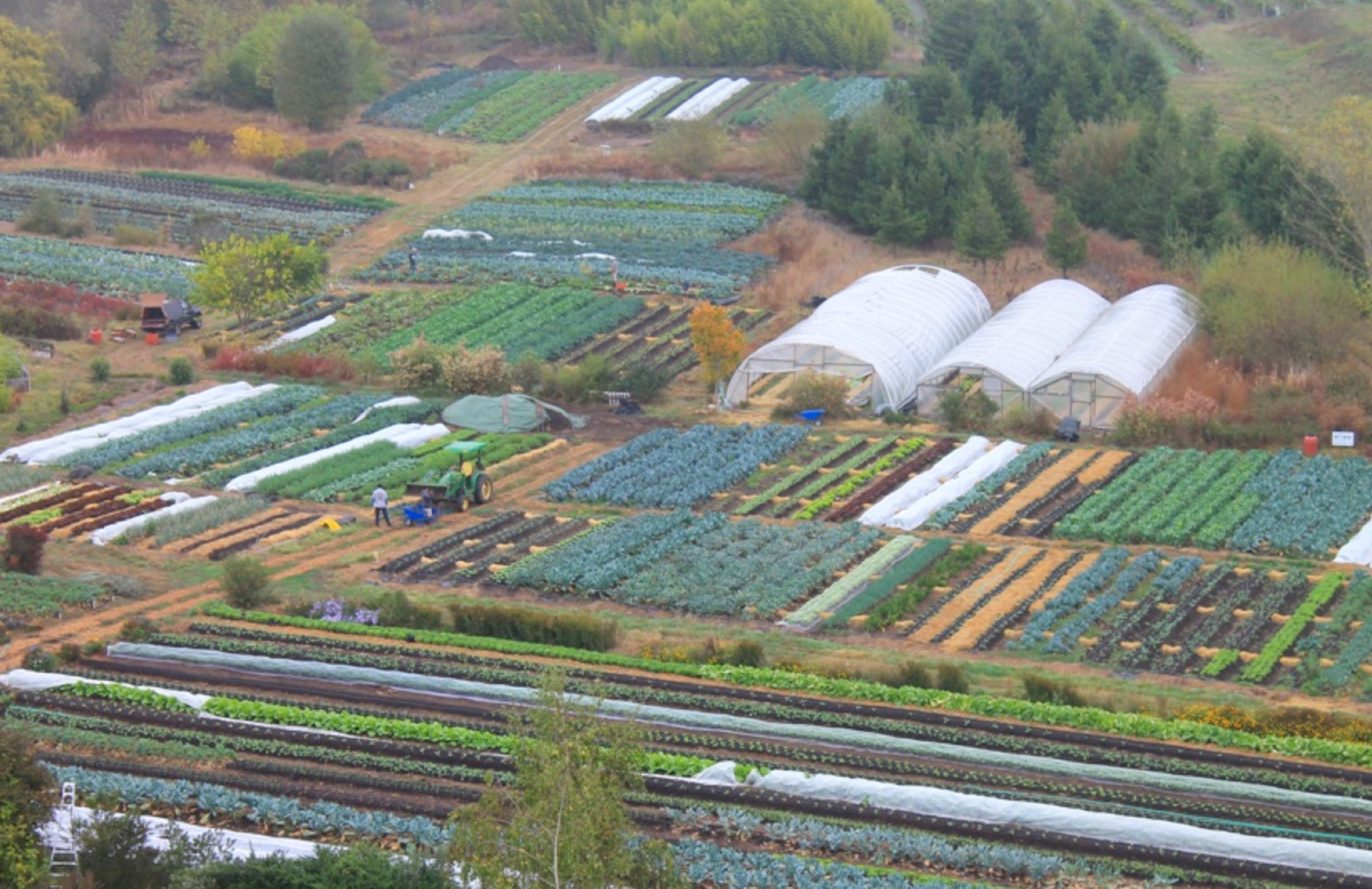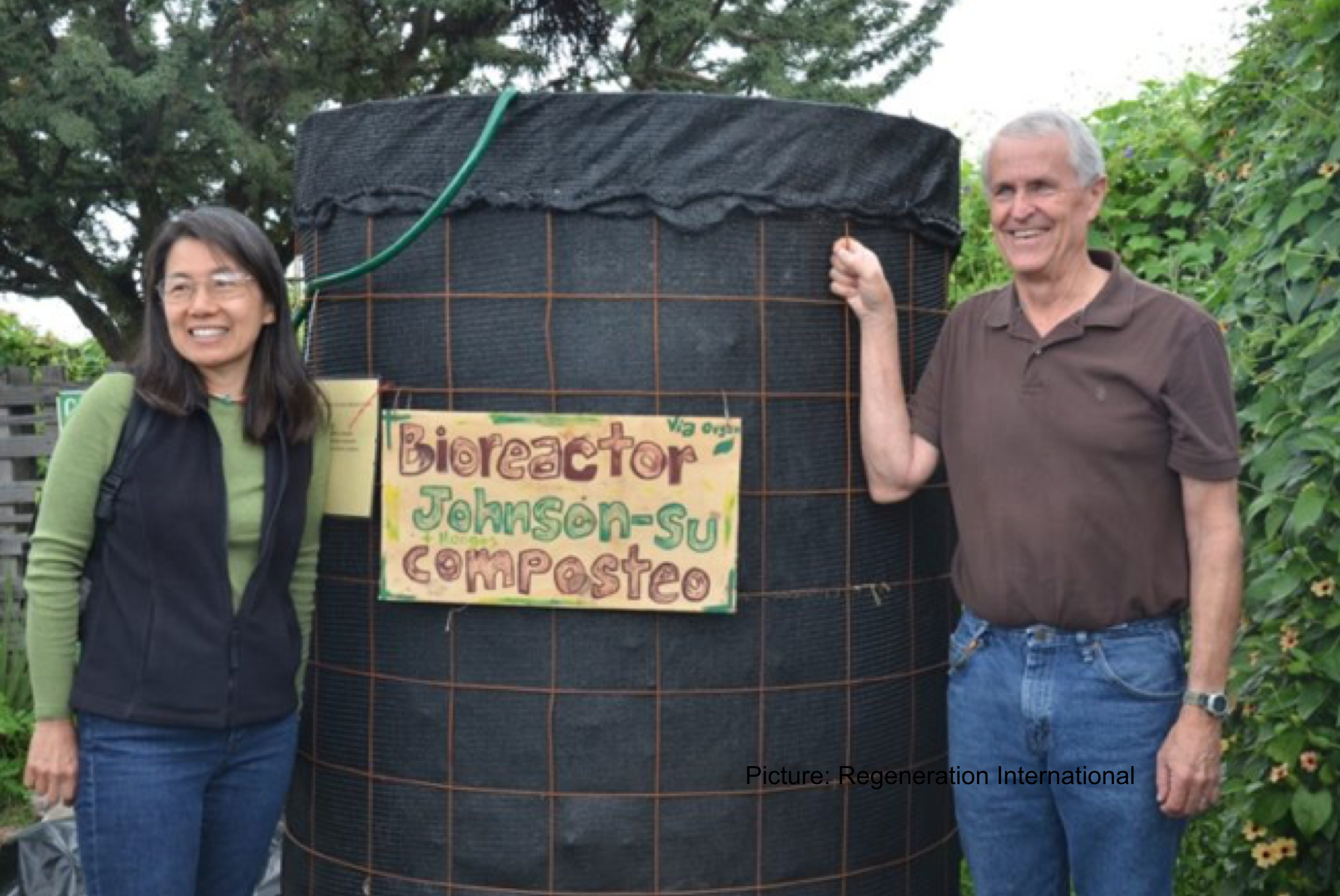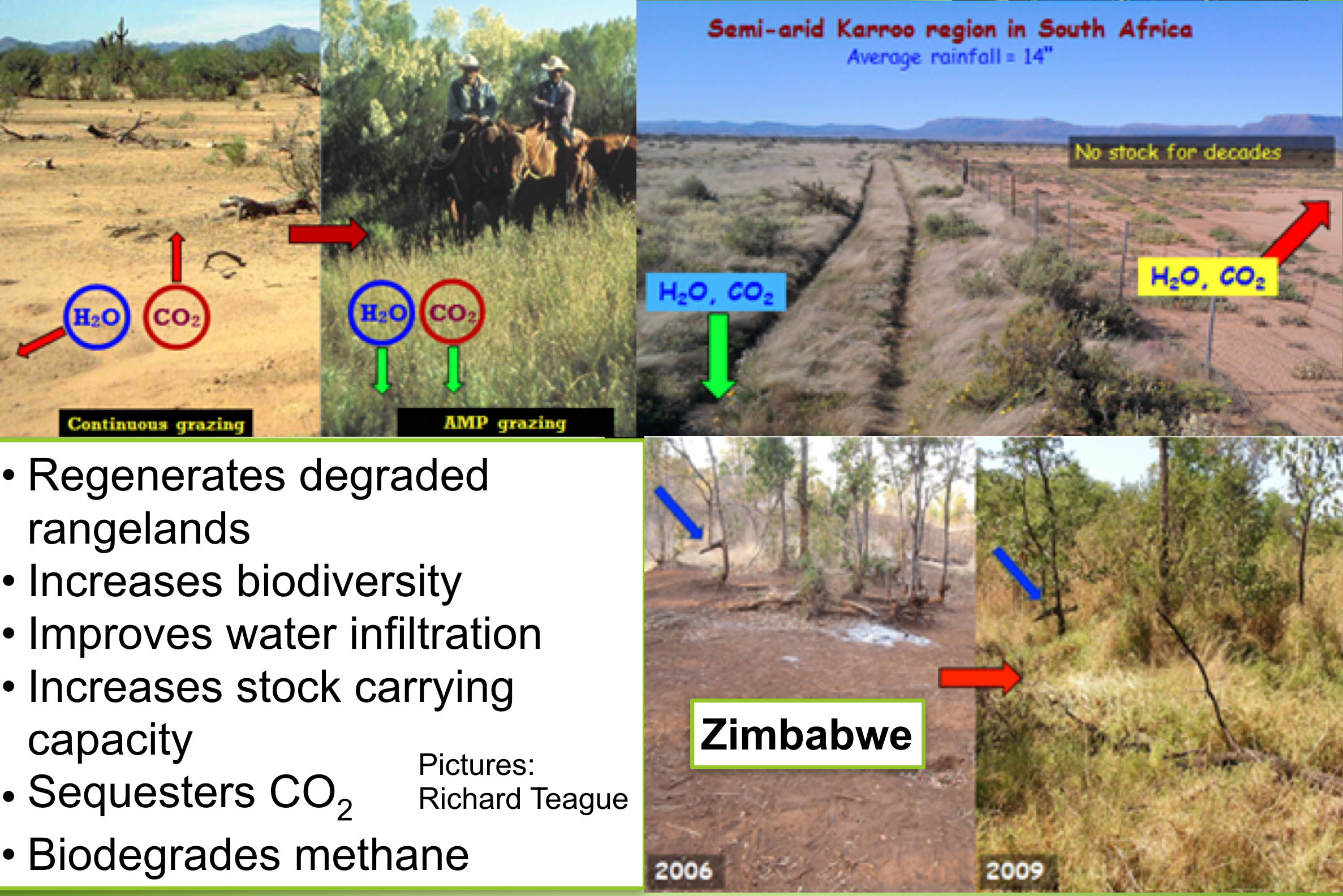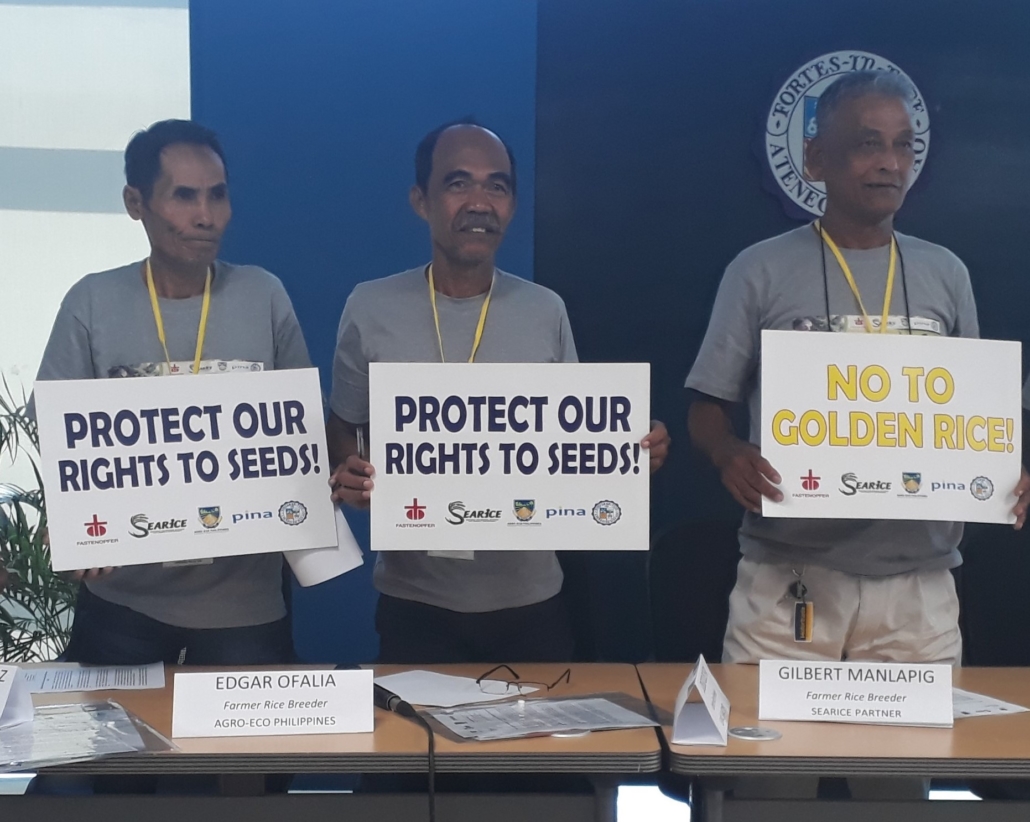A World of Hurt: 2021 Climate Disasters Raise Alarm over Food Security
- Human-driven climate change is fueling weather extremes — from record drought to massive floods — that are hammering key agricultural regions around the world.
- From the grain heartland of Argentina to the tomato belt of California to the pork hub of China, extreme weather events have driven down output and driven up global commodity prices.
- Shortages of water and food have, in turn, prompted political and social strife in 2021, including food protests in Iran and hunger in Madagascar, and threaten to bring escalating misery, civil unrest and war in coming years.
- Experts warn the problem will only intensify, even in regions currently unaffected by, or thriving from the high prices caused by scarcity. Global transformational change is urgently needed in agricultural production and consumption patterns, say experts.
In July, a video went viral on social media in Argentina showing people walking across what looks like a desert. But it isn’t a desert. This is the bed of the Paraná River, part of the second-largest river system in South America. Normally the stream rises in Brazil and reaches the sea via the River Plate, draining a vast watershed covering all of Paraguay, southern Brazil and northern Argentina. Normally the water volume flowing to the Atlantic roughly equals that of the Mississippi River.
What’s happening now is not normal. The drying up of large stretches of river comes as the most severe drought since 1944 afflicts the region. No relief is expected in the short term. According to forecasts from Argentina’s Ministry of Public Works, the lack of rain will last for at least another three months.
Besides damaging crops, the drought also means barge-hauled grains can’t get to market cheaply, forcing Argentina to support commodities transport with $10.4 million, and costing the nation’s grain farmers and exporters $315 million. It’s likely consumers will ultimately foot the bill.
The Paraná region is experiencing “a veritable environmental holocaust,” says Rafael Colombo, a member of the Argentinian Association of Environmental Lawyers.
The multiple causes, he states, include “a complex and diversified series of anthropomorphic interventions, associated with the expansion of agro-industrial, ranching, forest, river and mining extractivism over the last 50 years.” Add to that the impact of global human-caused climate change.
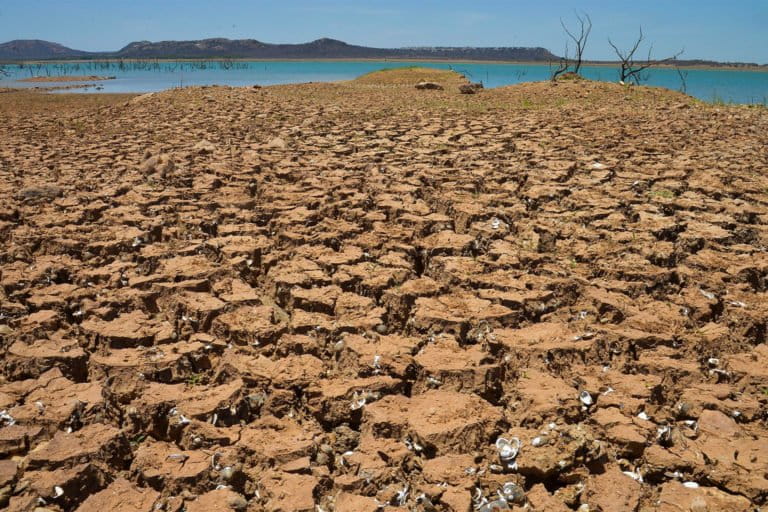
A world of hurt
Extreme weather impacts can be expected to dot various parts of the planet every year, but the Paraná watershed drought isn’t an outlier in 2021. Instead, it represents the new normal as major regional bread baskets around the globe are assaulted by unusually high temperatures that exacerbate simultaneous record droughts, bringing disastrous wildfires. Floods, too, are unprecedented this year: While the Paraná endured record drought, the neighboring Amazon watershed in Manaus, Brazil, was battered by unprecedented June deluges.
These planet-wide events all combined are having a detrimental impact on crops and livestock, and though it is too early to calculate the full cost, the world will likely see significant price hikes in coming months on everything from tomatoes to bread to beef.
“Unprecedented” looks to be the theme best describing 2021’s extreme weather events: In mid-July, China’s Henan province, one of the country’s most populous regions, was hit by a year’s worth of rain — 640 millimeters (more than 2 feet) — in just three days, a phenomenon “unseen in the last 1,000 years.”
At least 71 people died and 1.4 million people fled the floods, even as China braces for more heavy rain. The deluge also impacted 972,000 hectares (2.4 million acres) of cropland, and — while much of that region’s grain crop had been harvested previously — processing, storage and transportation of summer grains could be affected, with floodwaters damaging flour factories.
China isn’t alone. In late July, parts of India saw 594 mm (23 inches) of rain in just days, while Manila and outlying provinces in the Philippines were inundated by torrential rains, causing mass evacuations and crop damage.
Extreme heat waves and drought have smashed records across the U.S. West, from southern California to Nevada and Oregon. As the unprecedented mega drought deepens, California’s water regulators this week took a highly unusual step: forbidding thousands of farmers from extracting water from major rivers and streams for irrigation. The drought is surely going to be bad news for spaghetti lovers: California grows more than 90% of America’s canned tomatoes and a third of the world’s supply. Expect much higher prices and “cue the tomato hoarding.”
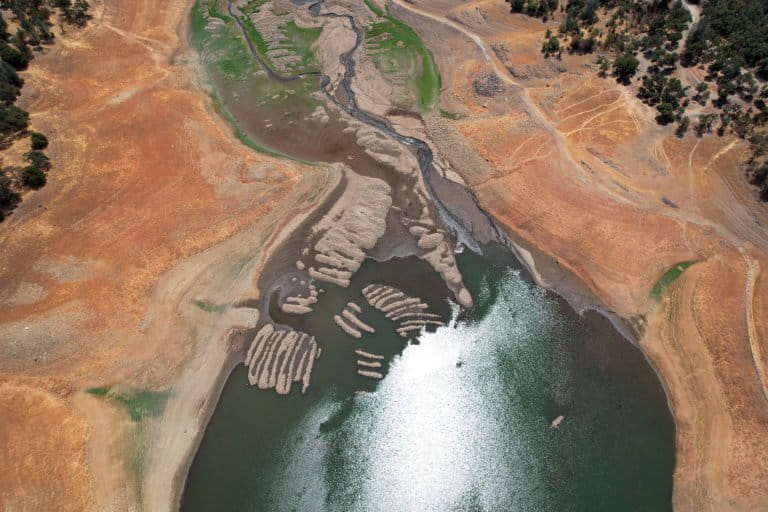

Meanwhile, 91 wildfires are currently raging across the U.S., devastating ecosystems and infrastructure. Three million acres have burned so far this year, with the fire season far from over, while during the same period last year only 2.1 million acres burned. Western U.S. climate change-induced mega fires are also having adverse agricultural commodities impacts, with farmers and ranchers now saddled with skyrocketing fire insurance rates, often increasing by tens of thousands of dollars. “[T]he trend has sent shock waves through California’s agricultural regions,” says online environmental news service Grist. Those exorbitant insurance rates could push some farms out of business, or make agriculture too risky to insure.
Farther east, in Colorado and Utah, cattle ranchers are feeling the pain too. As their drought worsens, many have reluctantly decided to cull their herds. “Everyone is gonna be selling their cows, so it’s probably smarter now to do it, while the price is up, before the market gets flooded,” said Buzz Bates, a rancher from Oab, Utah.
The West’s drought has also created ideal conditions for grasshopper eggs to hatch, leading to widespread infestation and crop loss. “I can only describe grasshoppers in expletives,” said one Oregon farmer. “They are a scourge of the Earth … They just destroy the land, destroy the crops.”

The specter of global hunger
Drought this year is exacerbating hunger in some of Earth’s poorest countries. Southern Madagascar is experiencing its worst drought in four decades. Maliha, 38 years old and a single mother of eight, told Reliefweb: “Since the rain stopped, the children are not eating regularly. I give them whatever I can find, like cactus leaves. With this diet, they have diarrhea and nausea, but we have no choice. At least it doesn’t kill them.”
According to World Food Programme Executive Director David Beasley, the food crisis in Madagascar has been building for years: “There have been back-to-back droughts which have pushed communities right to the very edge of starvation.” More than 1 million Madagascans have been left “food insecure,” without access to “sufficient, safe and nutritious food,” he said.
He’s emphatic as to the reason: “This is not because of war or conflict; this is because of climate change.”
As disaster follows disaster, some evoke tales of the 10 plagues found in the Old Testament, sent by God to punish humanity for its evil. Not even the plague of locusts is missing: Just a year ago, the Greater Horn of Africa and Yemen suffered the largest desert locust outbreak in 25 years, triggered by record rains. In Ethiopia alone more than 356,000 tons of cereals were lost, leaving almost 1 million people food insecure.


Commodities impacted planetwide
Extreme weather continues slamming crops across the world at a time when food prices are already near the highest in a decade. The list goes on: Flooding in China’s key pork-producing region has raised the threat of animal disease. Devastating rains in the EU are raising fears of widespread fungal diseases in grains. And in the High Plains along the U.S.-Canada border, grains and livestock are at risk as predicted deepening drought keeps commodities brokers and farmers on edge. Russia, another global bread basket, is also hot and dry, and wheat crop expectations have fallen.
Brazil is one of the most important agricultural exporters in the world. But prolonged drought there is causing concerns for 2021’s second corn crop. Drought and rare freezing weather are hurting coffee-growing regions too, which are suffering some of their coldest weather in 25 years. On July 29, a wide area of Brazil even saw snow. (Climate chaos, while it produces substantially more heat records, also sometimes generates extreme cold.) The coffee harvest will be damaged. World coffee prices are rising.
Other crops could be impacted, as Brazil is the planet’s biggest exporter of sugar, orange juice and soybeans. “There’s no other country in the world that has that kind of influence on the world market conditions — what happens in Brazil affects everyone,” Michael Sheridan, director of sourcing and shared value at Intelligentsia Coffee, a Chicago-based roaster and retailer, told Bloomberg.


Feast or famine: Profiting from disaster
As elsewhere, Brazil’s climate disasters are regionalized, only damaging harvests in some places, but not others. In unaffected areas, farmers are doing well, even better than expected because world commodity prices have climbed, partly because of droughts around the planet. And as is so often the case in the commodities market, one farmer benefits from another’s disaster, though the big commodities traders have the versatility and economic power to weather whiplash weather — at least for now.
The Brazilian government’s statistics authority, IBGE, is expecting a “record-breaking harvest of grains, cereals and oilseeds in 2021.” Agribusiness outside the drought-affected Paraná region is jubilant. Maurilio Biagi Filho, whose family owns vast sugar plantations, says that it is “very rare” for high agricultural prices to coincide with record production. “When that happens, it’s extraordinary,” he adds.
A similar phenomenon is evident in the U.S., where the fortunes of two very different corn belts have emerged. The U.S. Southeast is experiencing “great summer weather” (cool and wet), while the Northwest is facing “a terrible drought” (hot/dry weather). “The crux of the matter is the crop is being damaged in the West, and improving in the East,” comments one farming media source.

This mixed economic picture comes with a caveat: As 2021 unfolds and the global climate crisis deepens year-on-year, forecasts say fewer and fewer farmers may benefit, with extreme weather disasters and failed harvests proliferating.
In the 1990s, a Woods Hole Research Center scientist, describing impending climate chaos, put it this way: “Think of a pot of cool water on the stove. Add heat to the pot and keep adding it. The water will start to move, swirling in increasingly erratic and intensifying patterns. Small bubbles arise, then bigger bubbles appear as you add energy to the system, until you’re at a rolling boil. That’s a good metaphor for global climate change: as emissions rise, extreme weather events pop up more often, randomly and unpredictably everywhere.”
Climate chaos breeds food insecurity and political instability
The downside to the current hike in commodity prices is already becoming clear for many: With millions of poor people hit by climate disasters, governments in financially strapped countries are having to provide food relief. “Food inflation is the last thing governments need right now,” Carlos Mera, an analyst at Rabobank, told the Financial Times.
Higher food prices often generate political unrest, even in countries where dissent is firmly repressed. In early July, protesters took to the streets in southwestern Iran, chanting anti-regime slogans and demanding greater access to water for drinking, for farmlands and their cattle.
But the climate crisis shows no sign of easing: On June 22, Nuwaiseeb, Kuwait, recorded temperatures of 53.2° Celsius (127.7° Fahrenheit). In neighboring Iraq and Iran, temperatures didn’t lag far behind. All-time records were broken in Turkey too (where wildfires are incinerating farm animals), and in both Northern Ireland and northern Japan. Moscow was hit by a historic heat wave in June, with temperatures soaring to 34°C (93°F), a 120-year record. These heat waves are bad news for global food supplies and prices — and for national security.
High food prices, caused partly by climate change-driven drought, are believed to have been a key factor behind the unrest that spread across a swath of the Middle East and North Africa in 2011, generating the Arab Spring.
Prescient journalist Ross Gelbspan, writing in 1997, warned the world of the perpetual “coming state of emergency,” a deepening and disruptive climate change abyss — an extreme weather maelstrom into which food production systems, whole populations, governments and countries would fall and fail, bringing hunger, human misery, civil unrest and war.
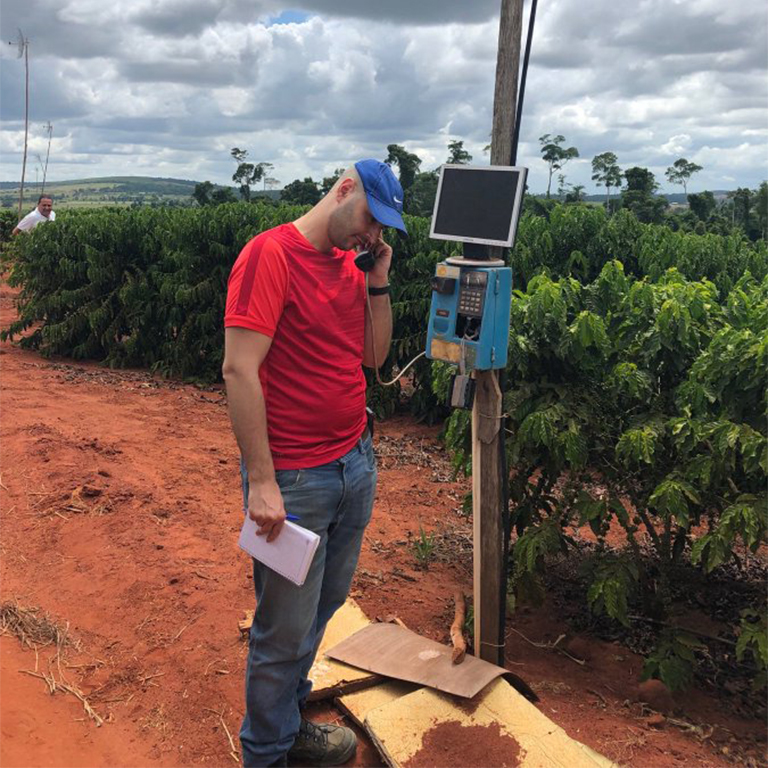
Climate breakdown
The consensus is growing: Today, almost all scientists and policymakers (besides the politicians aligned with fossil fuel interests) agree that the underlying cause of the current climate crisis is a hundred years — less than a nanosecond in the planet’s history — of human activity, pumping billions of tons of greenhouse gases into the atmosphere.
Recently, a draft report by the U.N. Intergovernmental Panel on Climate Change (IPCC), scheduled to be published at the beginning of next year, was obtained by the AFP news agency. AFP says the report reads as “by far, the most comprehensive catalogue ever assembled of how climate change is upending our world.” The IPCC warns that the devastating impacts of global warming will be painfully obvious before a child born today turns 30.
Just like Rafael Colombo, the Argentine environmental lawyer, the IPCC points to a witch’s brew of anthropomorphic influences: greenhouse gas emissions, degradation of land under intensive agriculture, deforestation, overuse of synthetic fertilizers and pesticides, overgrazing, and over extraction of water for farming and other uses. But still, emissions rise along with population and the reckless use of resources.


An urgent need for ‘transformational change’
The draft IPCC report states: “We need transformational change operating on processes and behaviors at all levels: individual, communities, business, institutions and governments. We must redefine our way of life and consumption.”
Ariel Ortiz-Bobea, associate professor at the Charles H. Dyson School of Applied Economics and Management at Cornell University, says vastly improved farming techniques are the way forward. He told Mongabay there must be “greater investments in R&D and ‘climate-smart’ agriculture … to compensate for the climate change ‘headwind.’” He emphasized, “These investments need to be done now — or yesterday.” Generating higher output from “climate-smart plants” would allow humanity to “sustain historical growth rates in [crop] production without having to increase inputs.”
Colleen Doherty, an associate professor of biochemistry at North Carolina University, takes a similar approach, suggesting that “climate-smart” agriculture could be achieved partly by creating far more resilient plants. “We have to breed crops for conditions that we don’t even know right now what they are going to be. Things are changing so rapidly that we need to be able to anticipate what the problems are before they happen,” she said, adding with cautious optimism: “We’ve barely touched the potential of plants.”
If such an approach is to work, it must deliver much more than improved technology has achieved in the last couple of decades. A recent paper, “Anthropogenic climate change has slowed global agricultural productivity growth,” shows that climate change has wiped out seven years of improvements in agricultural productivity over the past 60 years. Ortiz-Bobea, the paper’s lead author, said that “the slowdown effect” may well intensify, as “global agriculture is growing increasingly vulnerable to climate change” and “global warming is accelerating.”
A very different method for confronting the crisis is laid out by the regenerative agriculture movement. Its proponents are skeptical of scientists’ capacity to breed more resilient plants. “Despite billions of dollars being spent on research and media hype there is not one major crop that has benefited from genetically engineered modifications to make them significantly more resilient to drought,” André Leu, international director of Regeneration International, told Mongabay, though biotechnology companies and researchers do claim some progress in that field of development.


Answers will not emerge from laboratories, he argues, but by working with rural communities who have acquired an unrivaled knowledge of local ecosystems through centuries of experience. “There are numerous published studies showing that increasing agro-biodiversity through a mix of crop species and varieties, along with farmer-led participatory breeding, increases drought and extreme climate weather resilience,” he said. “These systems are now working globally on every arable continent.” Moreover, advocates say regenerative agriculture can “substantially mitigate climate change” by sequestering significant greenhouse gas emissions.
As yet, neither approach is translating into the “transformational change” that the draft IPCC report calls for, largely because governments worldwide have yet to act aggressively to address the scale of the catastrophe unfolding planetwide at breakneck speed. And few analysts hold out much hope this will change at the vital COP26 climate summit this November in Scotland.
Meanwhile, the situation continues to deteriorate: Forecasts released this month by the International Energy Agency predict the world will record “the highest levels of carbon dioxide output in human history” this year.
Many scientists and policymakers fear that the very survival of the human species is now at risk. The draft IPCC report warns: “Life on Earth can recover from a drastic climate shift by evolving into new species and creating new ecosystems. Humans cannot.”

Reposted with permission from Mongabay

